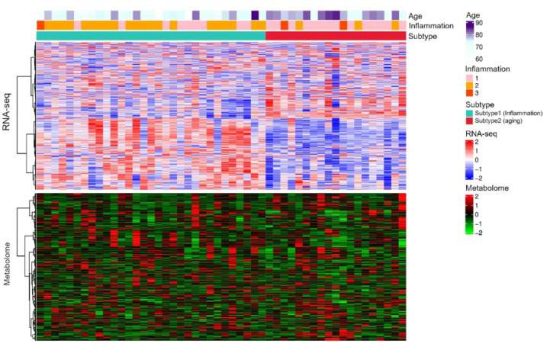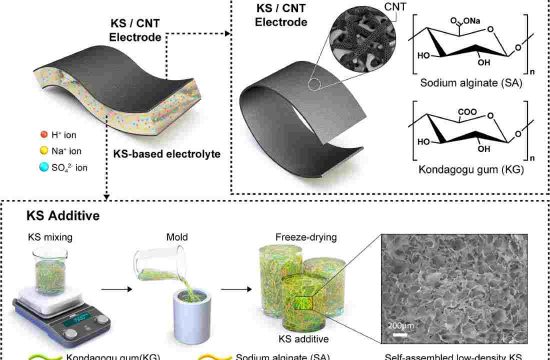
How do plants know which way is up? This might seem like an obvious question, but how exactly does a plant know which way to grow its roots and which way to grow towards the Sun?
Understanding the deeper mechanisms that cause a plant to grow in a particular direction has far-reaching possibilities for agriculture – as well as for astronauts who want to enjoy fresh vegetables on a long space mission.
This image shows a lentil seedling root that grew on the International Space Station before being preserved in resin and cut along its length for analysis.
[pullquote]The results from the Gravi-2 experiment are showing what could be responsible for sending growth-direction signals to the plant’s cells. [/pullquote]
The purple dots are starch-filled statoliths that usually drop towards gravity, but this plant grew in space and the statoliths are floating in the middle of their cells.
In addition to these cross-sections, almost 2500 pictures charted the 768 seeds growing over 31 hours in microgravity and hypergravity in the European Modular Cultivation System on ESA’s Columbus space laboratory.
“This research could not be done on Earth because gravity would get in the way of our readings,” explains Francois Bizet, who is analysing the images as part of a post-doctoral programme in France’s CNES space agency. Regular updates are posted on the experiment’s blog.
The results from the Gravi-2 experiment are showing what could be responsible for sending growth-direction signals to the plant’s cells. Gravi-2 continued an earlier experiment that examined the limits of how plants perceive gravity, with this second experiment looking in particular at how calcium is used by plants to regulate growth.
On Earth, soluble calcium spreads to plant roots and is considered an important part of plant growth because they respond to environmental signals. Gravi-2 will also look at gene expression to highlight how intracellular calcium could be a second messenger for perceiving gravity.
“We need to grow the seeds in different environments to compare results and work out which change is due to gravity,” says Valérie Legué from the Université Blaise Pascal in Clermont-Ferrand, France.
“Understanding plant growth is the first step to adapting crops for more productive agriculture. If we could grow lentils vertically, for example, farmers could drastically increase crop yield per square metre.”








